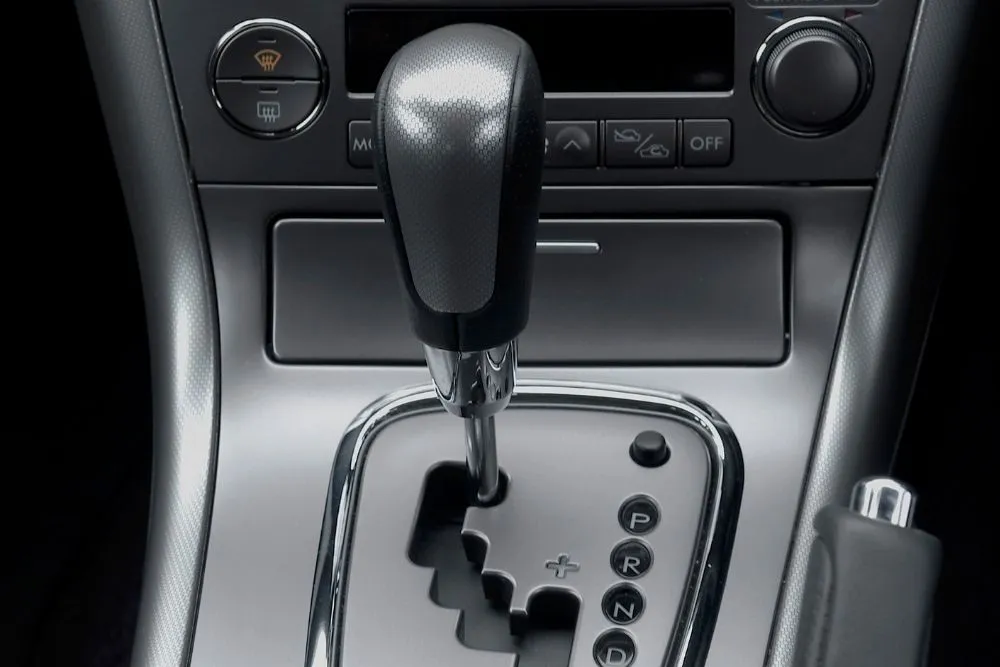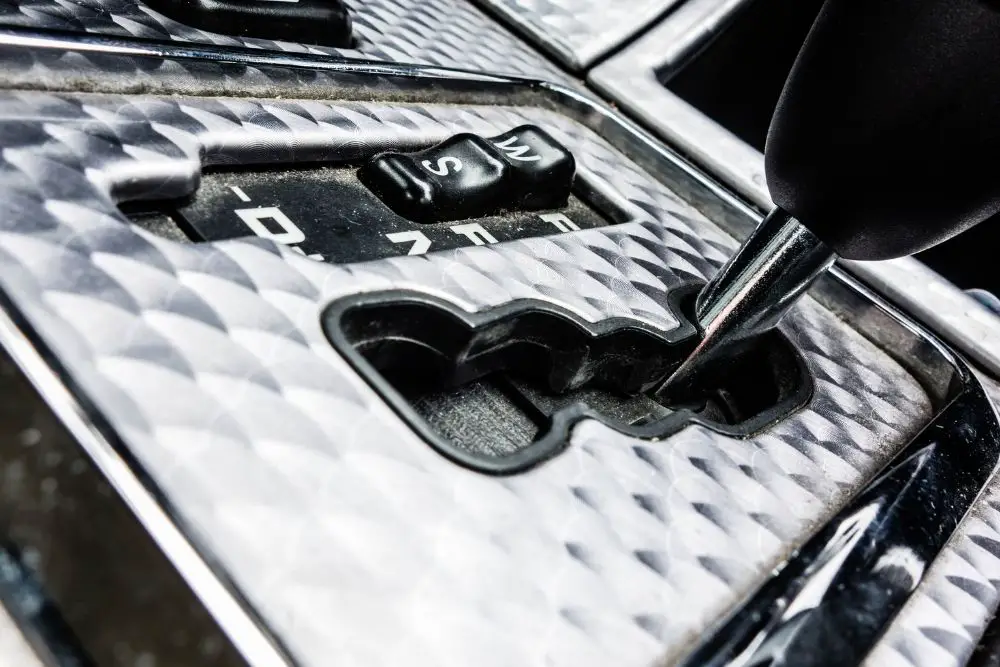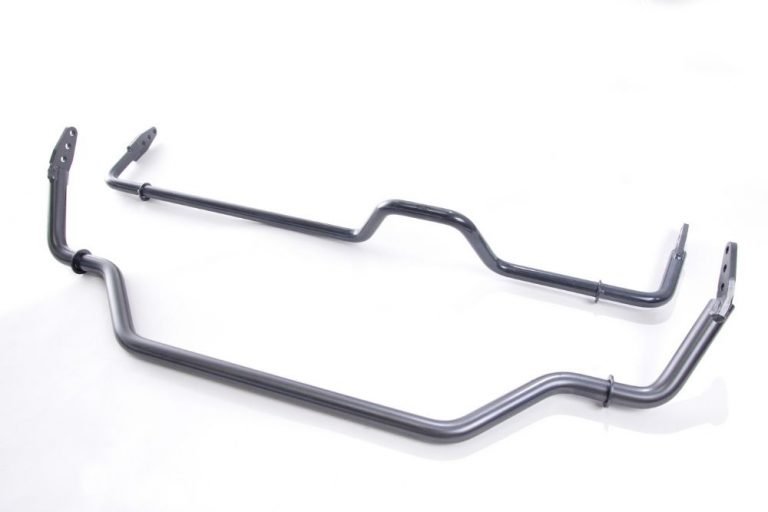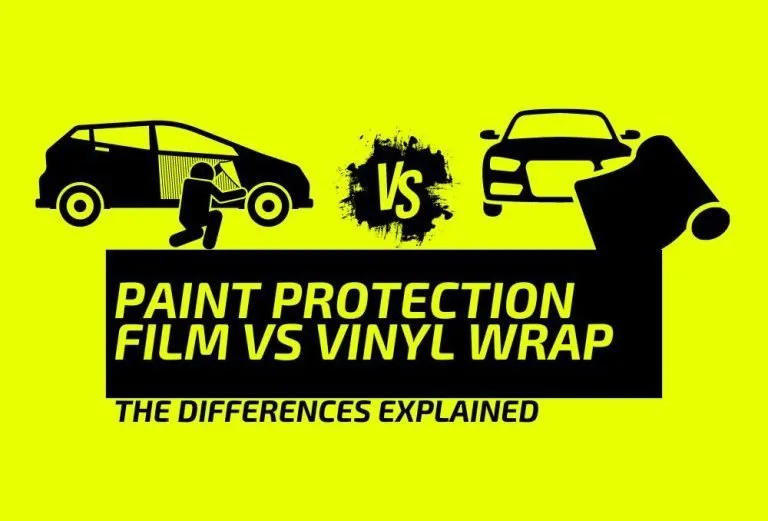What is Tiptronic? (Detailed Explanation)
When it comes to driving, most people tend to have a preference for either automatic transmission (letting a car shift gears without you having to do it yourself) or manual transmission (manually changing the gears).
Some people think the automatic transmission is easier because then you can focus on the road rather than focusing on when you should shift gear. Others prefer the feeling of being able to speed up with the manual-changing gear shifts. But what if you could have the best of both worlds? The Tiptronic transmission allows you to do that.
Carry on reading to find out what the Tiptronic transmission is and how it works!
What is the Tiptronic transmission?
Tiptronic is essentially a type of automatic transmission car that has a manual gear-shifting mode. This means it is a car that has developed into a dual transmission system – where the car is naturally supposed to be an automatic transmission, but the driver has the option to shift the gears manually.
It does this with a gear lever behind the steering wheel, or with a second gear panel to the right of the original gear stick plate on an automatic car. This type of gear lever differs from semi-automatic cars because it uses a torque converter instead of a clutch.
How does the Tiptronic transmission work?
A car with a Tiptronic transmission still has an automatic gearbox that will shift gears for you. However, to put it into Tiptronic mode, you just have to switch the gear stick to the Tiptronic option, and then you are in full control of the gears.
The Tiptronic option will look different in different cars, but the standard is the ‘+’ and ‘-’ symbols, found on a second operating plane where the gearstick is. The ‘+’ stands for ‘upshift’, which you would push the lever forward to do, and the ‘-’ stands for ‘downshift’ where you would pull the lever back. In the Tiptronic manual mode, gear shifting must be done in order of the gears (so you can’t shift from 1st gear to 3rd gear, for example).
Most of the cars that use a Tiptronic transmission will still automatically make some gear shifts to protect the engine, even when you are in manual mode. An example of this is Audi cars, which have a five-speed Tiptronic transmission. It will automatically do the upshifts from first gear to second gear, and second gear to third gear, when moving off from a stopped position.
The transmission will then wait for the driver to manually change to fourth gear or fifth gear – although it still might do it by itself if the driver risks damaging the engine by not changing gear in time. When the driver slows the car down, the Tiptronic transmission will automatically do all of the downshifts to further avoid damaging the car by running the engine at too-low an RPM.

When was it invented?
The Tiptronic transmission was originally designed and coined by Porsche in the ’90s. It used to be a trade name only associated with Porsche and installed exclusively on cars with the Porsche brand, but now it is used for all car brands that have this type of transmission.
The original idea behind this transmission was to replicate the feeling of driving a racing car for normal, everyday cars, where you wouldn’t need the special skills that these racing cars with sequential manual transmissions required.
This Tiptronic transmission idea remained as one development with Porsche for quite some time. But in the early 2000s, this concept of automatic transmission mixed with an optional manual gear shift spread throughout the automotive industry.
Most auto manufacturers developed their own versions of the transmission, either with very similar design solutions or just using the basic principle of the Porsche Tiptronic.
Which cars use it?
The most notable car that uses a Tiptronic transmission is, of course, the Porsche as they were the first brand to develop and use this type of transmission. It is common to find other European cars with a Tiptronic transmission, particularly any of the cars in the Volkswagen group. This includes VW, Audi, Skoda, and Seat, as well as Porsche. Some Japanese cars also have this type of transmission.
Is it safe to use?
A Tiptronic transmission car will often have a rev limit to reduce the risk of you blowing a head gasket in case you forget to change gears, or you accidentally put it into the manual mode when you meant to stay in automatic.
This means that the car’s safety software will shift back to automatic mode and resume changing gears for you. As you won’t be able to rev your car’s engine excessively, it reduces the risk of you accidentally throwing your car into a drift. Ultimately, it is the same level of safety as either an automatic or a manual transmission car.
Why do other car brands have a similar type of transmission with a different name?
To be classed as a Tiptronic transmission, a car has to have the following features: an automatic gearbox, a hydromechanical shaftless design, electronic control, use of planetary gearsets, and torque converter should lock up in all gears. Other car manufacturers will put very similar functions in their cars, but if it doesn’t have those exact features then it cannot use the name.
Manufacturers will often come up with different names for the varied transmission, such as ‘Easytronic’ (Opel/Vauxhall), ‘Steptronic’ (BMW), and ‘Sequential Sports Shift’ (Ford – Australia).
How long does gear shifting take in a Tiptronic transmission vehicle?
Some drivers have previously commented that gear shifting is delayed in these types of vehicles, no matter what mode of transmission you are currently using at the time. The delays varied between 0.1 seconds to 0.7 seconds. However, the newer versions of these vehicles have eliminated this issue, and shifting is now completed with very little pause.



